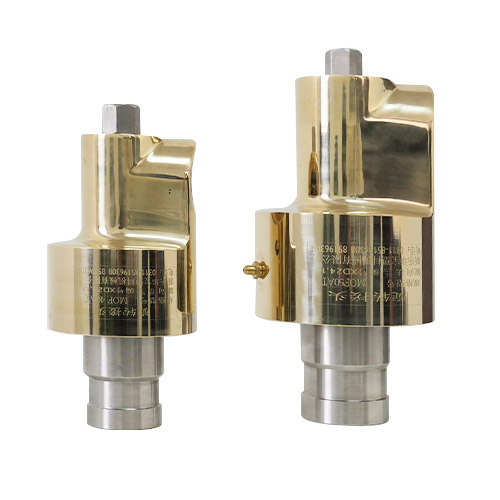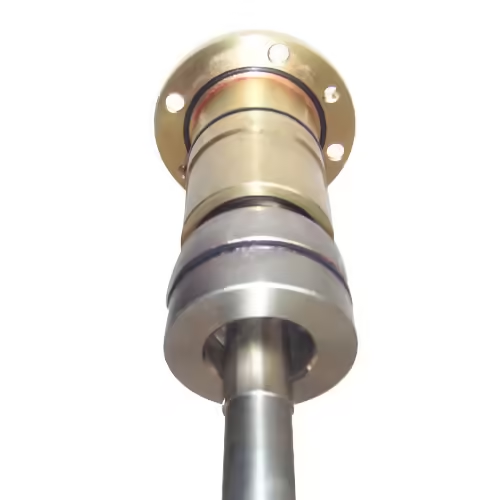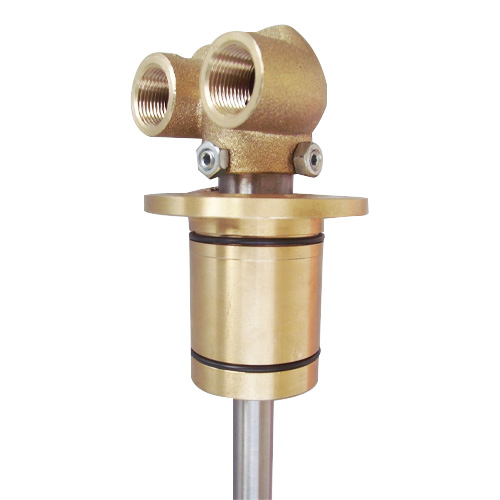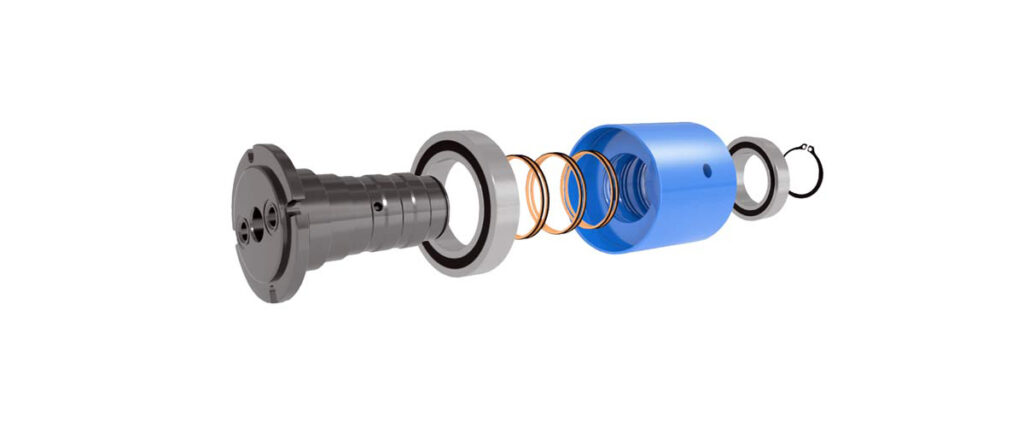Table of Contents
Introduction

When selecting the right components for your fluid transfer system, pneumatic rotary unions play a critical role in ensuring smooth operation. These devices are essential for transferring air, gas, or other fluids between stationary and rotating components, providing reliable and efficient connections in industrial applications. Modern Sealing specializes in delivering high-quality pneumatic rotary joints, offering customizable solutions across various industries.
In this blog post, we explore key characteristics to consider when selecting pneumatic rotary unions. Whether upgrading existing systems or designing new ones, understanding these features will empower you to make informed decisions tailored to your specific requirements.
Key Features to Look for in Pneumatic Rotary Unions
1. Pressure and Flow Requirements
One of the first factors to consider when selecting a pneumatic rotary union is the pressure and flow capacity. The union must be capable of handling the pressure of your system without compromising performance. Pressure ratings are critical as they determine the maximum operating pressure the union can handle, which will vary based on your application. You should ensure that the rotary union is compatible with the specific flow rates required by your machinery to avoid issues like flow restriction or pressure drops.
Table: Comparison of Pressure and Flow Ratings for Pneumatic Rotary Unions
| Model | Max Pressure Rating | Max Flow Rate | Ideal Application |
|---|---|---|---|
| Model A | 500 psi | 50 L/min | High-Speed Systems |
| Model B | 800 psi | 70 L/min | Manufacturing |
| Model C | 1000 psi | 100 L/min | Heavy Duty |
| Model D | 1200 psi | 150 L/min | Automotive Systems |
2. Material Selection for Durability
The materials used in the construction of a pneumatic rotary union have a significant impact on its durability and performance. Stainless steel is commonly used due to its resistance to corrosion and ability to withstand high pressures. However, depending on the environment in which the rotary union will operate, materials such as brass, aluminum, or carbon steel may also be considered.
A union with high-quality materials can prevent wear and tear, extending its lifespan and reducing maintenance costs. Be sure to choose a material that suits the specific needs of your application, particularly if your system operates in extreme temperatures or corrosive environments.
3. Seal Type and Reliability


Seals are a vital component of any rotary union, ensuring that fluids are transferred without leakage. The type of sealing technology used is important when selecting a pneumatic rotary union. Several sealing options are available, including O-rings, lip seals, and mechanical seals.
Choosing the right seal type depends on your application’s requirements, such as the temperature and pressure ranges, as well as the type of fluid being transferred. High-quality seals provide superior performance, preventing leaks, minimizing wear, and enhancing the overall reliability of the system.
4. Temperature Tolerance
The operating temperature of your system can greatly influence the performance of a pneumatic rotary union. When selecting a rotary union, it’s essential to understand the temperature tolerance of the materials and seals used in its construction. Unions designed to handle high or low temperatures will ensure the unit performs reliably even in harsh environments.
For instance, if your system operates in high-temperature conditions, look for a pneumatic rotary union with heat-resistant seals and materials that won’t degrade over time. Conversely, if you deal with extremely cold environments, ensure the union can handle the reduced viscosity of fluids at lower temperatures.
5. Rotational Speed and Bearings
The rotational speed of your system is another key consideration. Pneumatic rotary unions are designed to operate at various speeds, so it’s crucial to select one that can handle your system’s specific rotational demands. The union should be equipped with high-quality bearings to ensure smooth and continuous rotation without failure.
Bearings reduce friction and wear, contributing to the overall longevity and efficiency of the rotary union. It’s important to assess your system’s rotational speed to ensure you choose a rotary union with the appropriate bearing configuration.
6. Size and Configuration
Pneumatic rotary unions come in various sizes and configurations to meet the diverse needs of different systems. The size refers to the union’s diameter, while the configuration may include different numbers of fluid passages or the ability to handle multiple fluids at once.
Carefully assess the space constraints and requirements of your system before selecting a pneumatic rotary union. Choosing the correct size and configuration will ensure that the union fits seamlessly into your design and operates efficiently.
Conclusion
When selecting a pneumatic rotary union, it is essential to consider various factors that directly impact system performance, durability, and efficiency. By focusing on pressure and flow requirements, material selection, seal type, temperature resistance, rotational speed, and size/configuration, you can make informed decisions to optimize system functionality.
At Modern Sealing, we specialize in providing customized pneumatic rotary joints tailored to your specific requirements. Our team is dedicated to assisting you in selecting the optimal solution for your system, ensuring reliable performance and long-lasting durability. If you’re ready to enhance your system efficiency with high-quality pneumatic rotary joints, contact us today for consultation or to explore our range of customized solutions.
FAQ
What is the primary function of a pneumatic rotary union?
A pneumatic rotary union transfers fluids such as air or gas between rotating and stationary parts of a system. It ensures a continuous flow of fluid without leakage.
Can I customize a pneumatic rotary union for my application?
Yes, pneumatic rotary unions can be customized in terms of size, material, seals, and number of fluid passages to meet the specific needs of your application.
How do I maintain my pneumatic rotary union?
Regular inspection and maintenance are necessary to ensure that the seals are intact and there is no leakage. Lubrication may also be required for certain models to maintain smooth operation.
What industries benefit most from pneumatic rotary unions?
Pneumatic rotary unions are used in a variety of industries, including manufacturing, automation, robotics, and automotive, where fluid transfer between rotating components is necessary.


